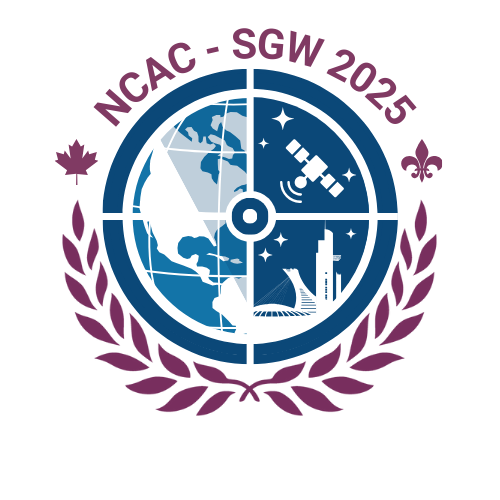The Hubble Space Telescope Turns 30: Three Decades of Science and Imagery
By Bethany Downer
Diving into some of Hubble’s most significant contributions to the field of astronomy over its 30 year history.
In April of 2020, we celebrated an important milestone in astronomy and science: the Hubble Space Telescope turned 30! While the mission is best known for its beautiful imagery of the cosmos, the telescope has also changed the landscape of space science and this anniversary marked an exciting time to consider what is to come in the field of astronomy in the coming years.
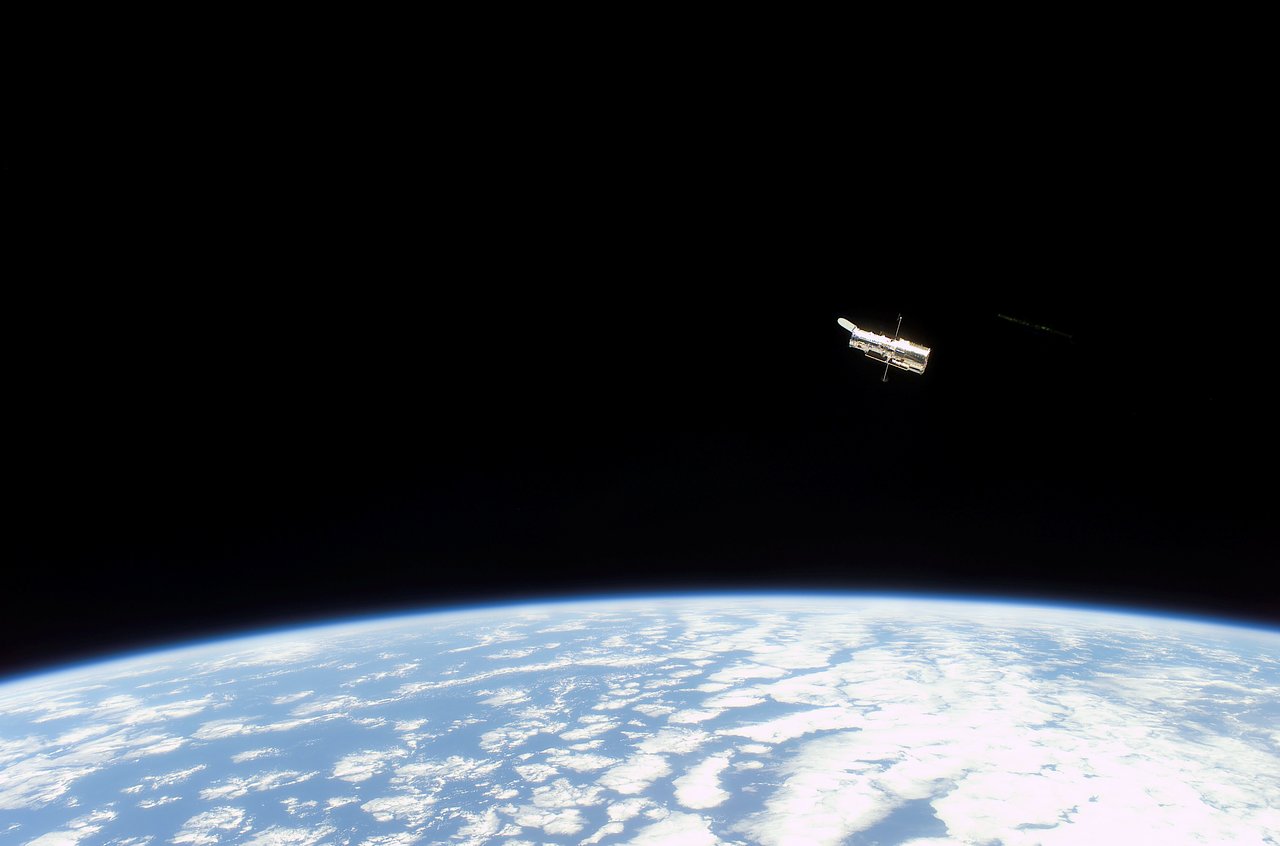
Credit: NASA, ESA
On 24 April 1990, the NASA/ESA Hubble Space Telescope was sent into orbit aboard the Space Shuttle Discovery — this was the first space telescope of its kind. The first years of the telescope’s operations were infamously troubled, as Hubble suffered from a spherical aberration. This was an optical defect that was solved by installing an extra optical device in the first Hubble servicing mission. Ever since, “the people’s telescope” has offered a new view of the Universe and has surpassed all expectations, beaming back data and images that have changed scientists’ understanding of the Universe and the public’s perception of it. Let’s dive into some of Hubble’s most significant contributions to the field of astronomy over its 30 year history!
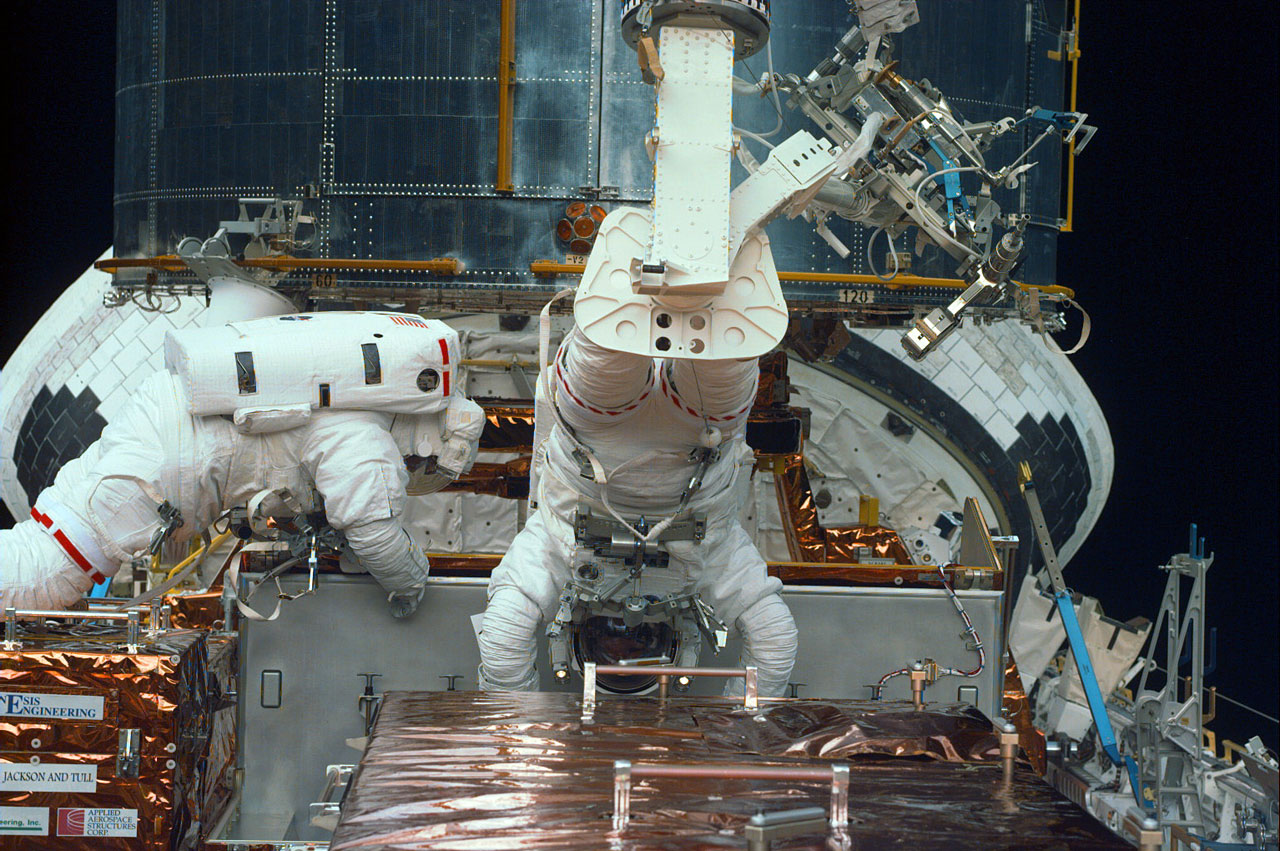
Credit: NASA, ESA
Arguably one of the most famous series images of all time, the Hubble Deep Fields released in the telescope’s earlier years fascinated scientists and the general public alike, as the thousands of galaxies captured in single images spawned widespread fascination and amazement. These are extended observations of a particular region of the sky intended to reveal faint objects by collecting the light from them for an appropriately long time. By studying the thousands of galaxies captured in these Deep Field observations, including some of the most distant primeval galaxies, astronomers were learning more about the very early Universe.

Credit: NASA, ESA, and S. Beckwith (STScI) and the HUDF Team
One of Hubble’s initial core purposes was to determine the rate of expansion of the Universe, known to astronomers as the “Hubble Constant“. This value is an essential ingredient needed to determine the age, size and fate of the cosmos. Before Hubble was launched, the value of the Hubble constant was not known precisely, and calculations of the Universe’s age ranged from 10 billion to 20 billion years. Now, astronomers using the Hubble Space Telescope’s data and observations have refined their estimates of the Universe’s present expansion rate and are working to make it more accurate. Hubble’s refined distance values have helped to put the age of the Universe at 13.8 billion years old.
Hubble’s data was also famously used to discover that the universe has not been expanding at a constant rate, but instead is accelerating. Many scientists believe this acceleration is caused by something called dark energy that must make up about 70 percent of the entire Universe. Hubble has been at the forefront of research into both dark matter and dark energy.
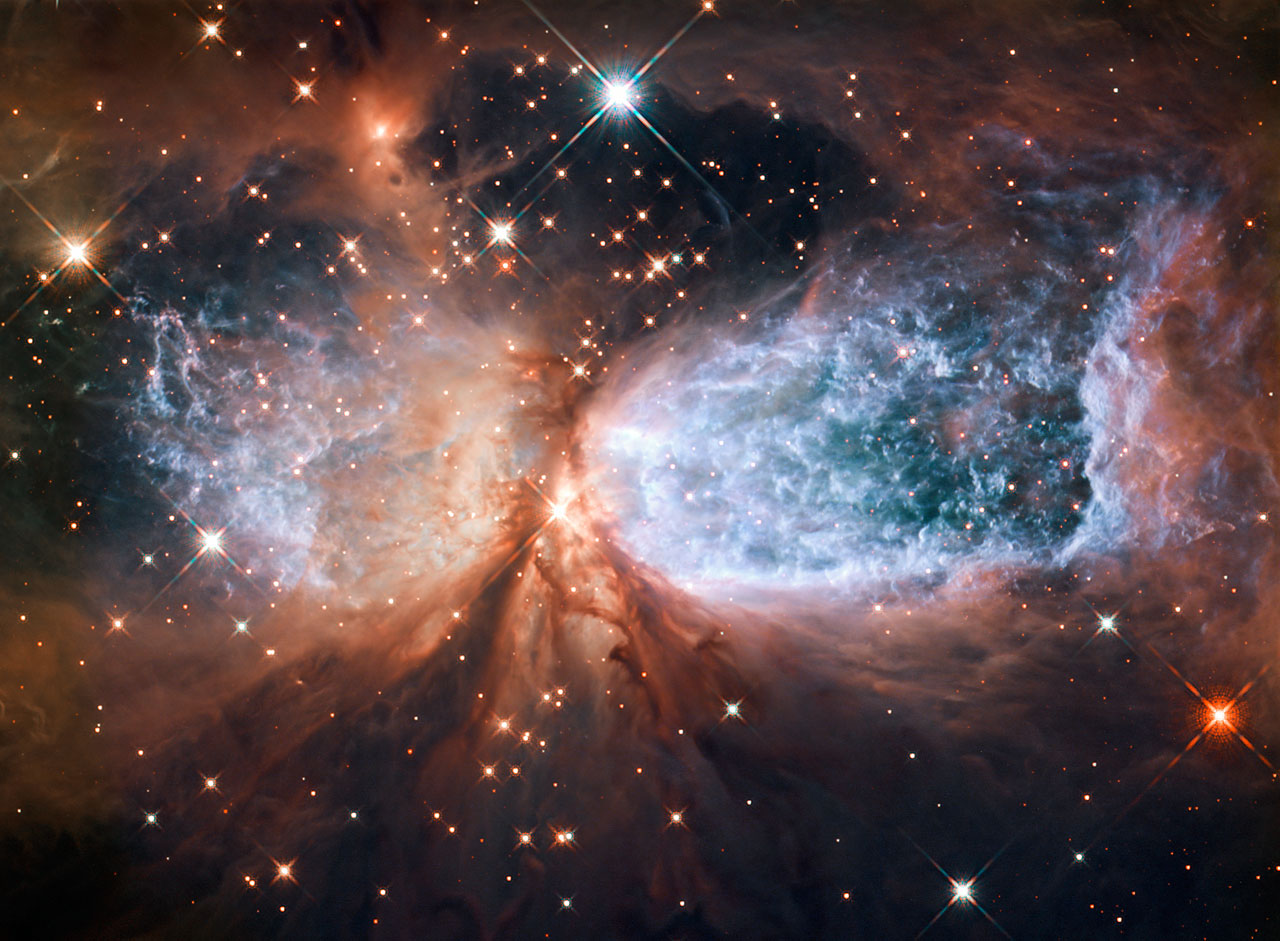
Credit: NASA, ESA
The famous space telescope has contributed to research of black holes, and in particular, supermassive black holes. Using its spectroscopic observing capabilities, Hubble has peered into galaxy cores to find that the stars there moved in tight orbits at enormous velocities. This strange behaviour indicated the presence of a truly colossal gravitational field — that could only be produced by a supermassive black hole. Hubble provided the first solid proof of their existence. Today it is known that there is a black hole in the centre of almost every galaxy.
Hubble has also studied celestial bodies closer to home and has revolutionised planetary science in a number of ways through its precise observations of our own Solar System. For example, Hubble witnessed a comet crash Jupiter’s moon Io in 1994. It has also observed the auroras on several of our Solar System’s planets, including Saturn and Uranus. The telescope’s data were also used to study the origin of the smallest known moon orbiting the planet Neptune, known as Hippocamp. In 2013, Hubble provided the first observational evidence of water vapour erupting from the frigid surface of Jupiter’s moon Europa near its south pole.
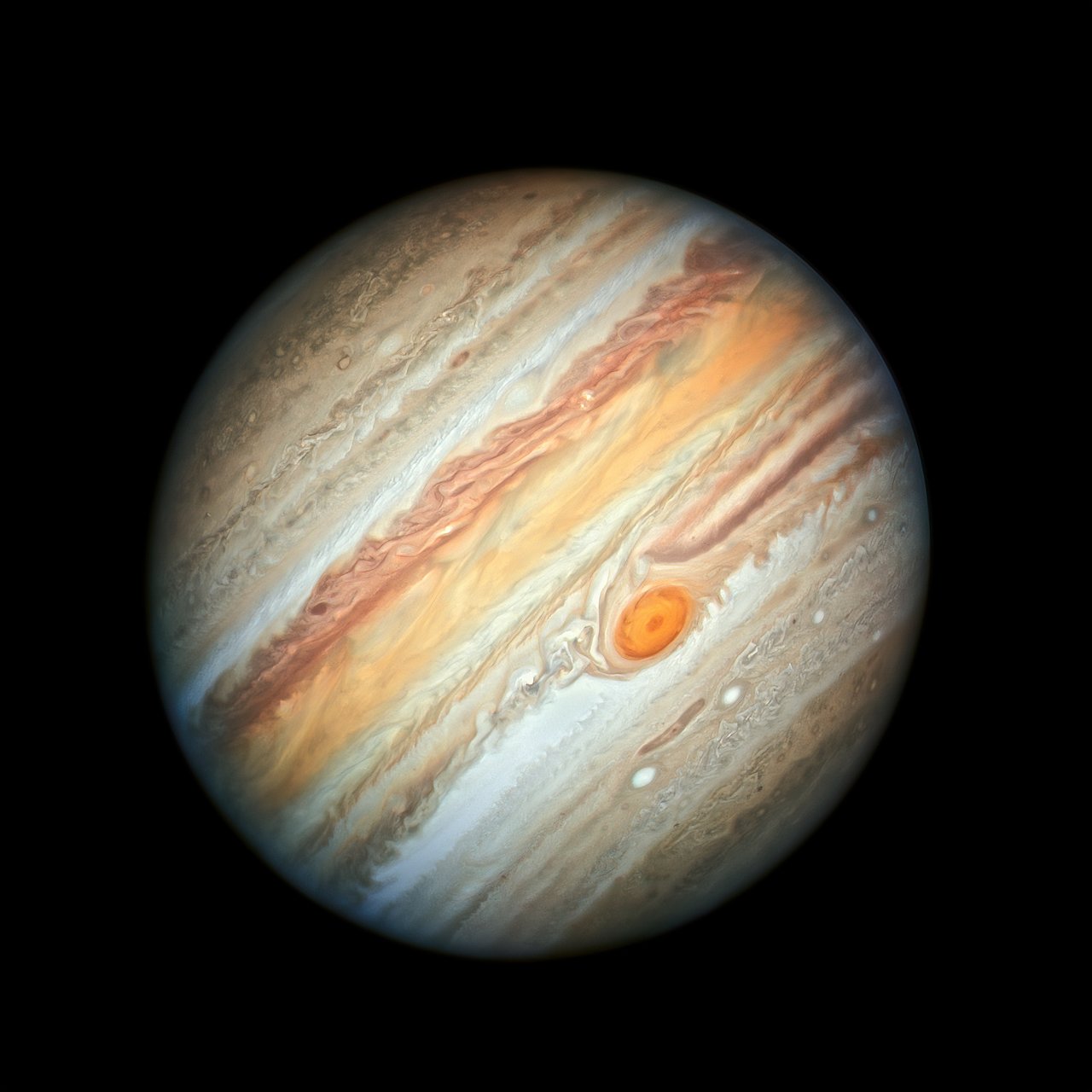
Credit: NASA, ESA, A. Simon (Goddard Space Flight Center), and M.H. Wong (University of California, Berkeley)
Hubble has also studied visitors to our Solar System. In 2018, Hubble studied `Oumuamua, the first interstellar object discovered in the Solar System, and in 2019, Hubble provided astronomers with their sharpest and best observation to date of the interstellar visitor Comet 2I/Borisov, which is believed to have arrived here from another planetary system elsewhere in our galaxy.
The Hubble Space Telescope has also contributed significantly to the exploration and study of exoplanets. Although this was not one of the telescope’s original goals, it can effectively study the chemical makeup of a planet’s atmosphere leaving a unique fingerprint on the starlight that passes through it. This is particularly impressive when considering that at the time of the telescope’s launch, we had only proof of the nine (now eight) planets in our own solar system. By studying the Orion Nebula, Hubble made the stunning discovery that at least half of the stars in the region were surrounded by rotating discs of gas and dust — the raw materials necessary for the formation of planets. In 2016, Hubble analysed for the first time the dry atmosphere of a super-Earth, 40 light-years away. And in 2019, in an exciting discovery, the telescope’s data were used to detect water vapour in the atmosphere of a super-Earth within the habitable zone. K2-18b is eight times the mass of Earth and at its discovery was the only planet orbiting a star outside the Solar System, or exoplanet, known to have both water and temperatures that could support life. Thanks to Hubble, astronomers now know that planets are being formed around many more stars than previously thought, increasing the possibility that life could exist somewhere out there.
The ‘Tapestry of Blazing Starbirth’ image is one of the most photogenic examples of the many turbulent stellar nurseries the telescope has observed during its 30-year lifetime. The portrait features the giant nebula NGC 2014 and its neighbour NGC 2020 which together form part of a vast star-forming region in the Large Magellanic Cloud, a satellite galaxy of the Milky Way, approximately 163 000 light-years away.
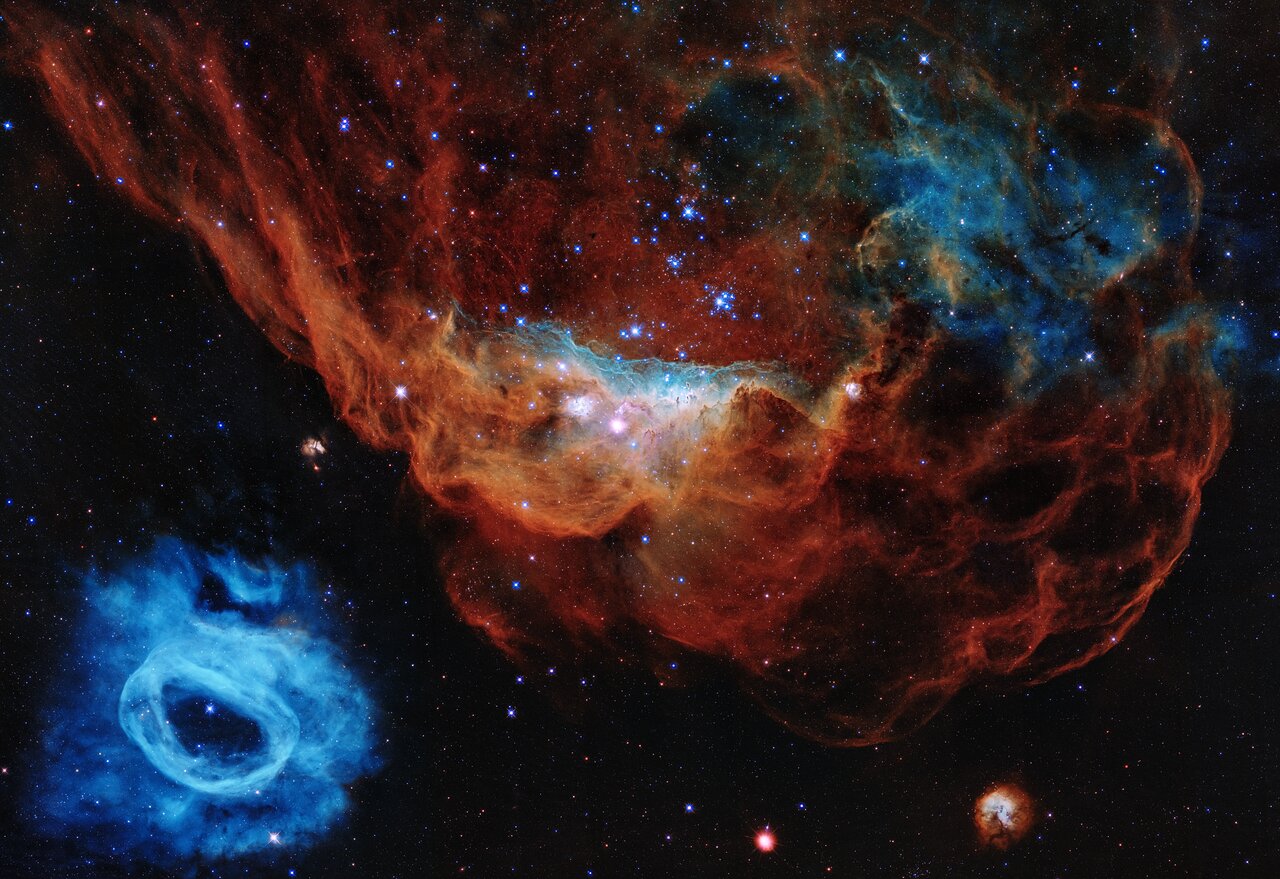
Credit: NASA, ESA and STScI
Hubble represents not only a feat of engineering and science, but also of international cooperation, as this mission represents an effort of international cooperation between NASA and ESA. Having just celebrated its 30th anniversary, the Hubble Space Telescope will continue to work for as long as its components operate and it provides a good service to the scientific community, and we all cannot wait to see what the coming years have in store.
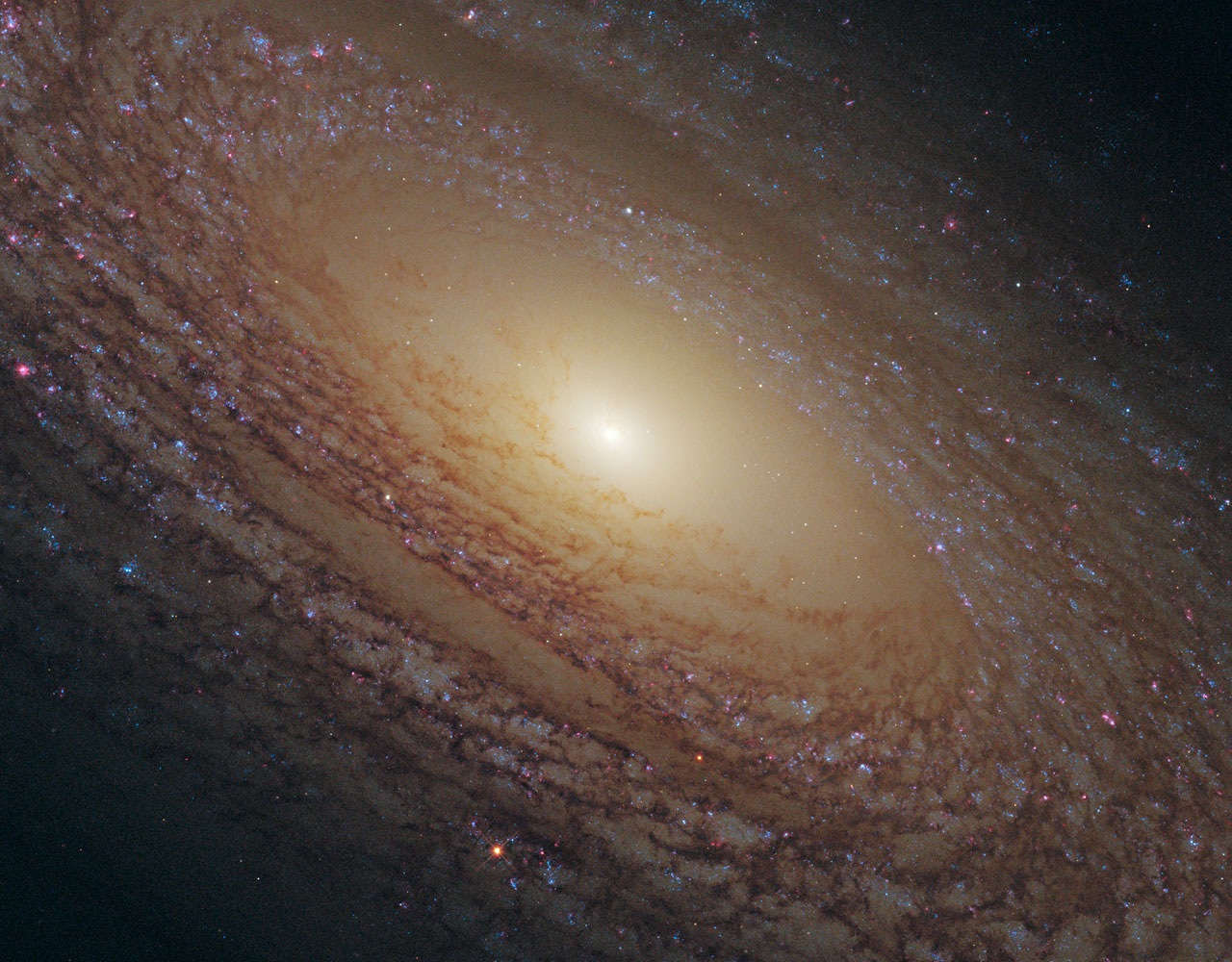
Credit: NASA, ESA and the Hubble Heritage (STScI/AURA)-ESA/Hubble Collaboration Acknowledgment: M. Crockett and S. Kaviraj (Oxford University, UK), R. O’Connell (University of Virginia), B. Whitmore (STScI) and the WFC3 Scientific Oversight Committee.
Bethany Downer is the Hubble Space Telescope Public Information Officer at European Space Agency (SpaceTelescope.org). She also just concluded a fantastic mandate as the SGAC Public Relations and Communications Coordinator.

